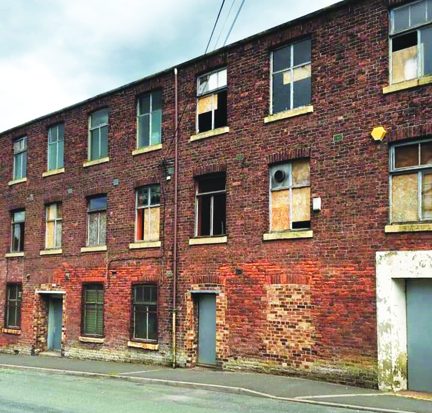
A disused Biddulph mill is “blighting” part of the town, it was argued this week as more calls were made for it to be brought back into use.
Albion Mill, on Station Road, was built in 1884 and closed more than 20 years ago after it was last used for the production of fustian – a type of thick, hard-wearing cloth – for more than 20 years.
During a meeting of the district council’s Service Delivery Overview and Scrutiny Panel on Wednesday, it was revealed that a “mill master plan”, designed to find new uses for old industrial buildings in the district, only focused on Leek.
Coun Nigel Yates, who represents Biddulph West, called for the document to include mills across the Moorlands, rather than just those in one town.
He said: “When this was last presented as a subject for the work programme by the previous leader, it was called the ‘mills master plan’. I asked whether that included Biddulph, specifically Albion Mill on Station Road, which is blighting that part of the town. It doesn’t look like any development is going to take place there in the foreseeable future.
“I was given the assurance then that it did include all of the mills in the district. But I have concerns that I have since learned that the masterplan is specifically for Leek. I would like to make the point that outside of Leek, there are issues with mills.
“Very kindly, both the leader and the Cabinet member for assets came to Biddulph recently, so they are now aware of that situation.”
He has previously spoken about Albion Mill in meetings, arguing that it has deteriorated to a condition in which it “could be classed as a dangerous building”. It has been suggested that future uses could include housing or a commercial development.
At Wednesday’s meeting, Coun Paul Roberts, the district council leader, responded: “I will look into whether we can bring the Biddulph mills into the plan as well.”
Albion Mill opened in the late 19th century and was the largest of Biddulph’s fustian producers. It has three floors and was constructed long enough to accommodate cutting frames on which the cloth would have been spread tightly.
The bottom storey at the front of the building has been replaced in newer brick, while the upper storeys and the sides appear to retain their original brickwork.

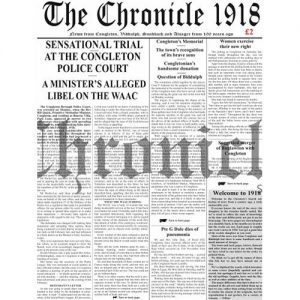 Chronicle 1918 edition
Chronicle 1918 edition  How modest are the bravest
How modest are the bravest 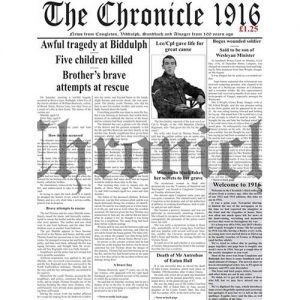 Chronicle 1916 edition
Chronicle 1916 edition 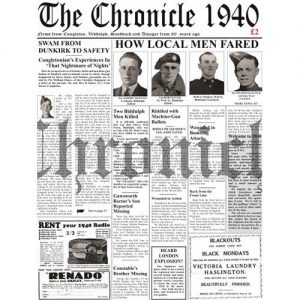 Chronicle 1940 edition
Chronicle 1940 edition  Oakie's War by Bill Ridgway
Oakie's War by Bill Ridgway  Me Elton John
Me Elton John  Cheshire Railways: The Age of Steam by Robin Jones
Cheshire Railways: The Age of Steam by Robin Jones 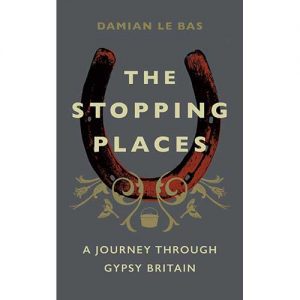 The Stopping Places by Damian Le Bas
The Stopping Places by Damian Le Bas  All Together Now
All Together Now  I Robot, Peter Crouch
I Robot, Peter Crouch 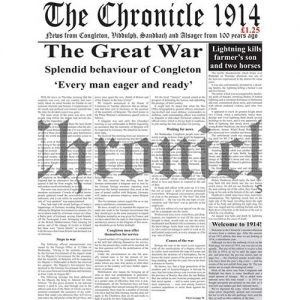 Chronicle 1914 edition
Chronicle 1914 edition 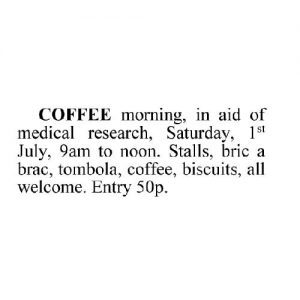 Entertainment lineage - text only
Entertainment lineage - text only  Dementia explained for kids by Kate De Goldi
Dementia explained for kids by Kate De Goldi  It's gone dark over Bill's Mother's by Lisa Blower
It's gone dark over Bill's Mother's by Lisa Blower  Dexter’s Diary by Joanne Jarvis
Dexter’s Diary by Joanne Jarvis  Sales / Services / Jobs lineage
Sales / Services / Jobs lineage  Walking with Kids by Angela Youngman
Walking with Kids by Angela Youngman 


